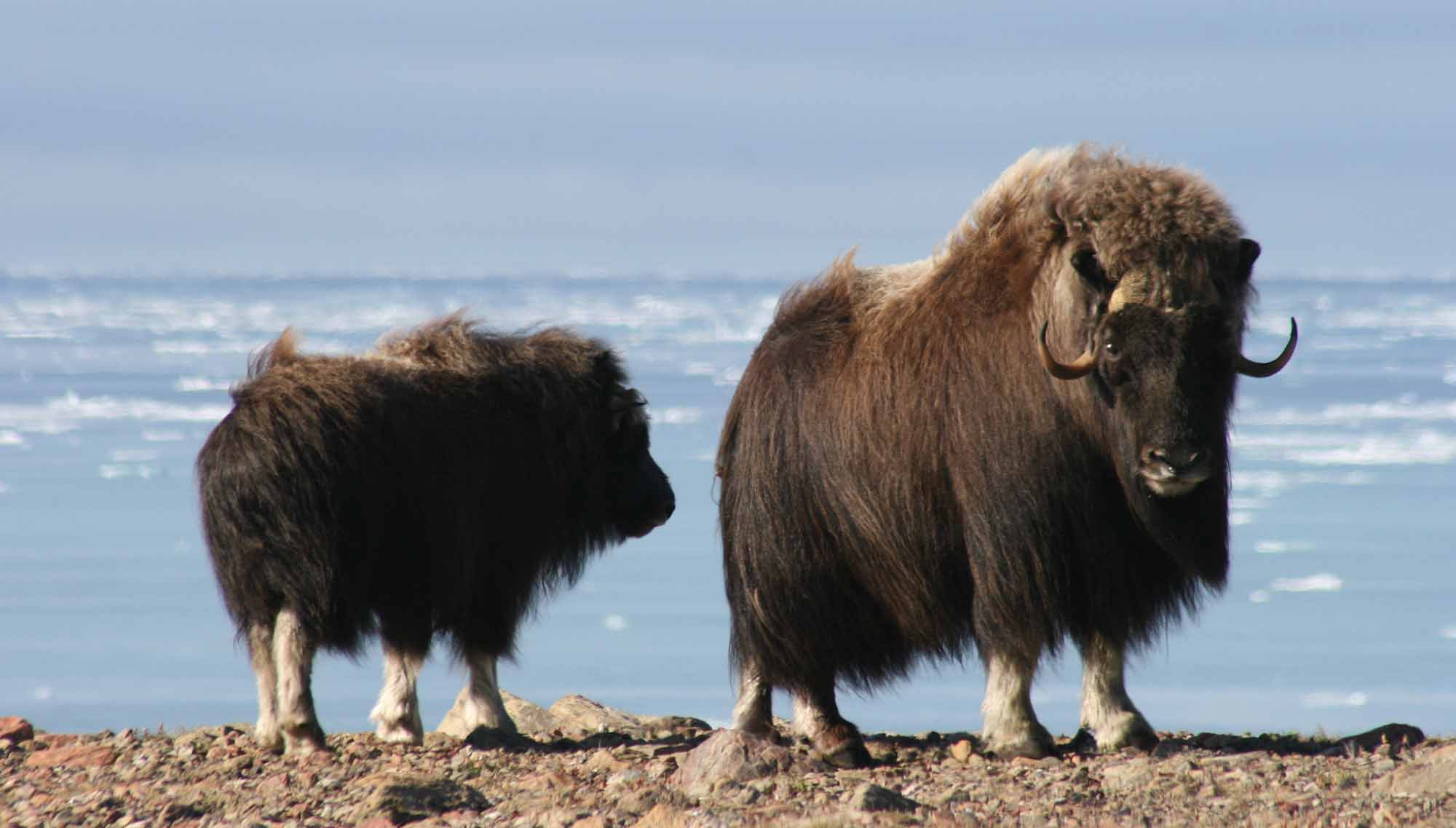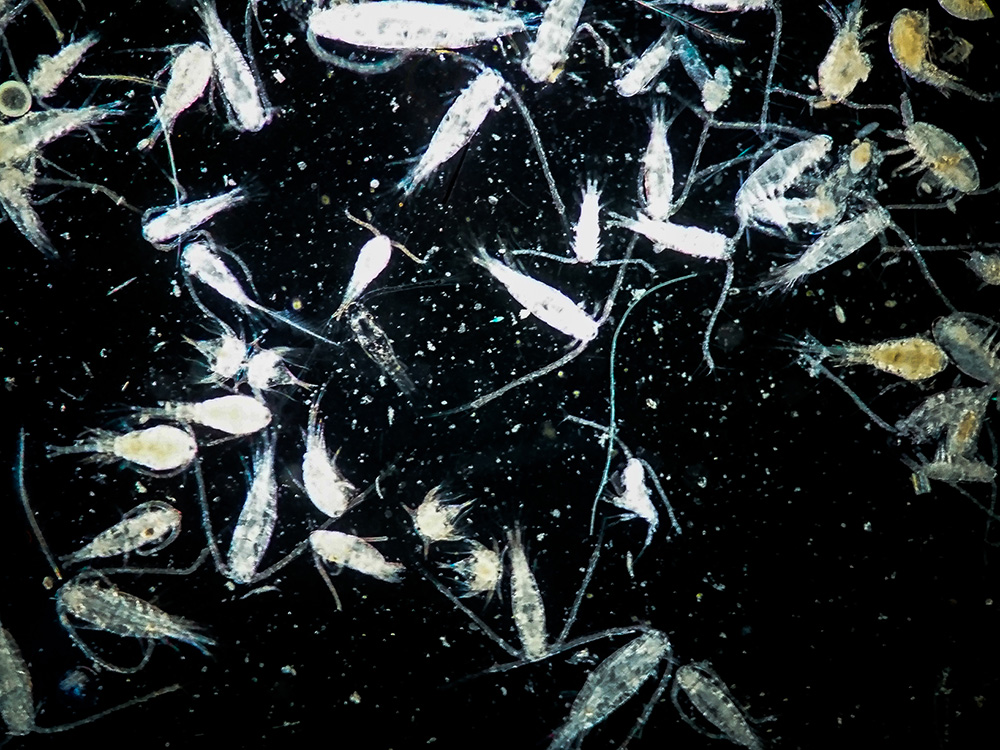Article
Wood Turtle
The Wood turtle (Glyptemys insculpta) is an ornate, medium-sized freshwater turtle native to eastern North America. Wood turtles are the most terrestrial freshwater turtle species in Canada. Although they depend on rivers for hibernation, they spend much of the spring, summer and fall in the surrounding terrestrial habitats. This semiterrestrial lifestyle means they are especially vulnerable to threats such as mortality on roads, forestry operations and illegal collection. It is a species at risk throughout its Canadian range.











